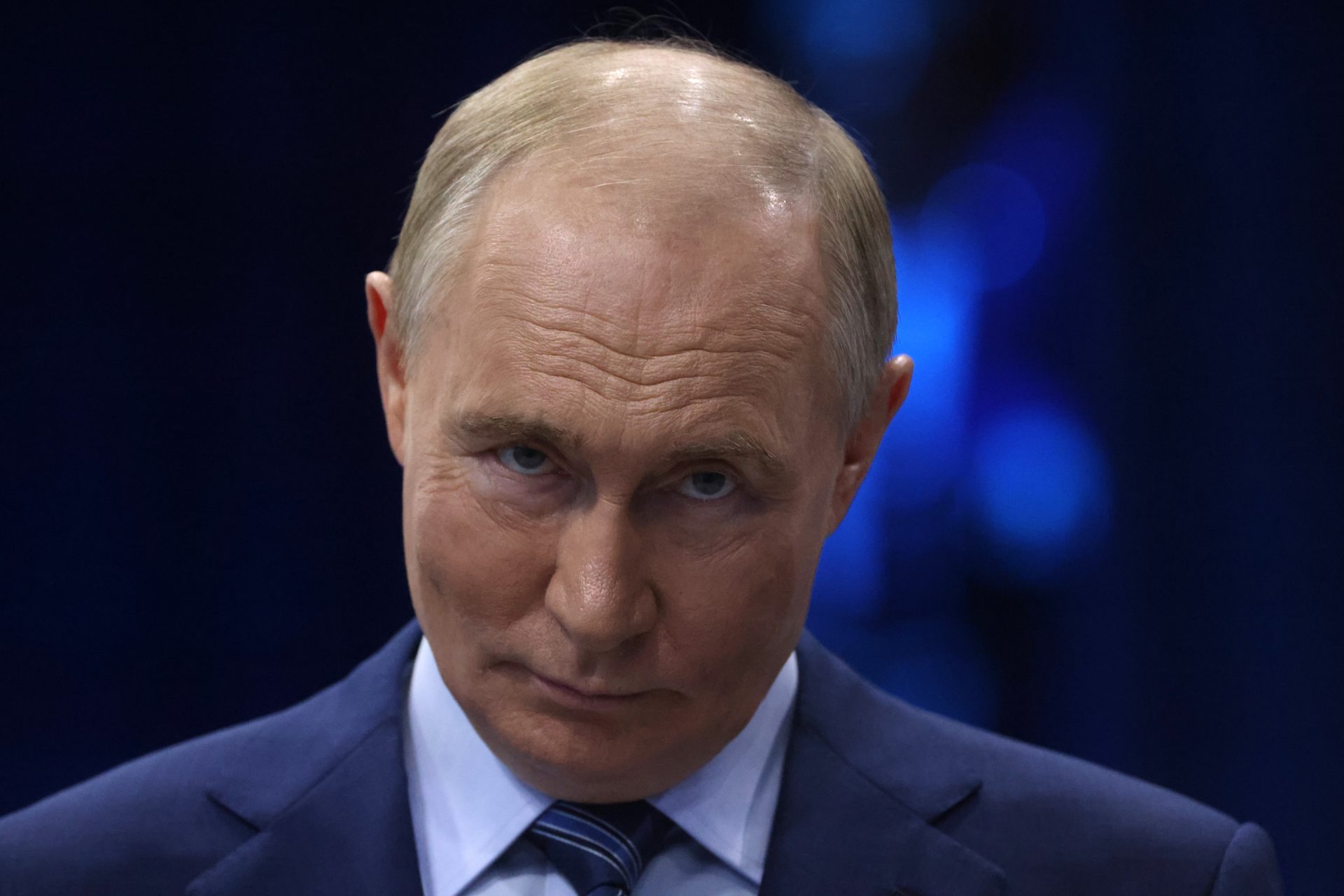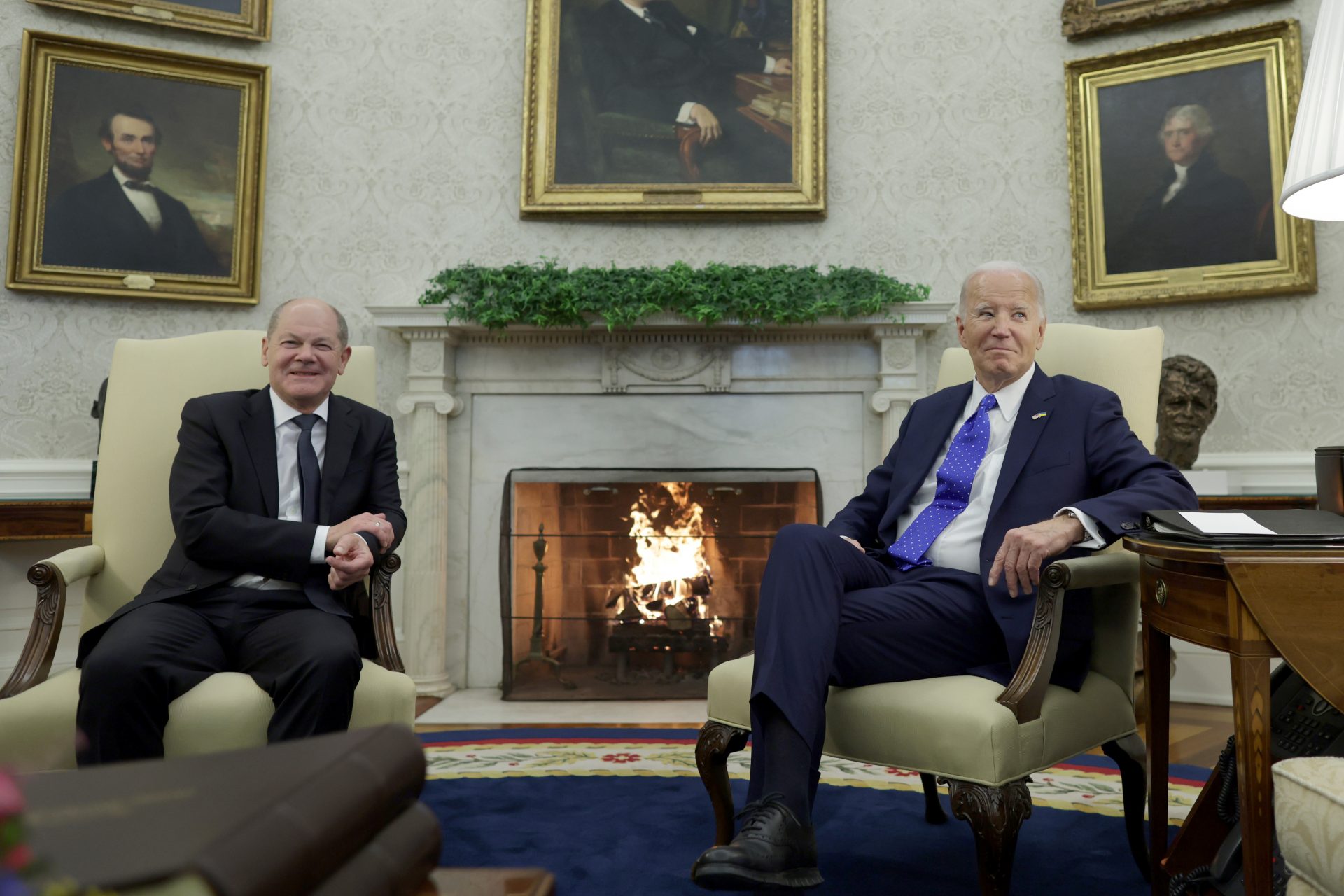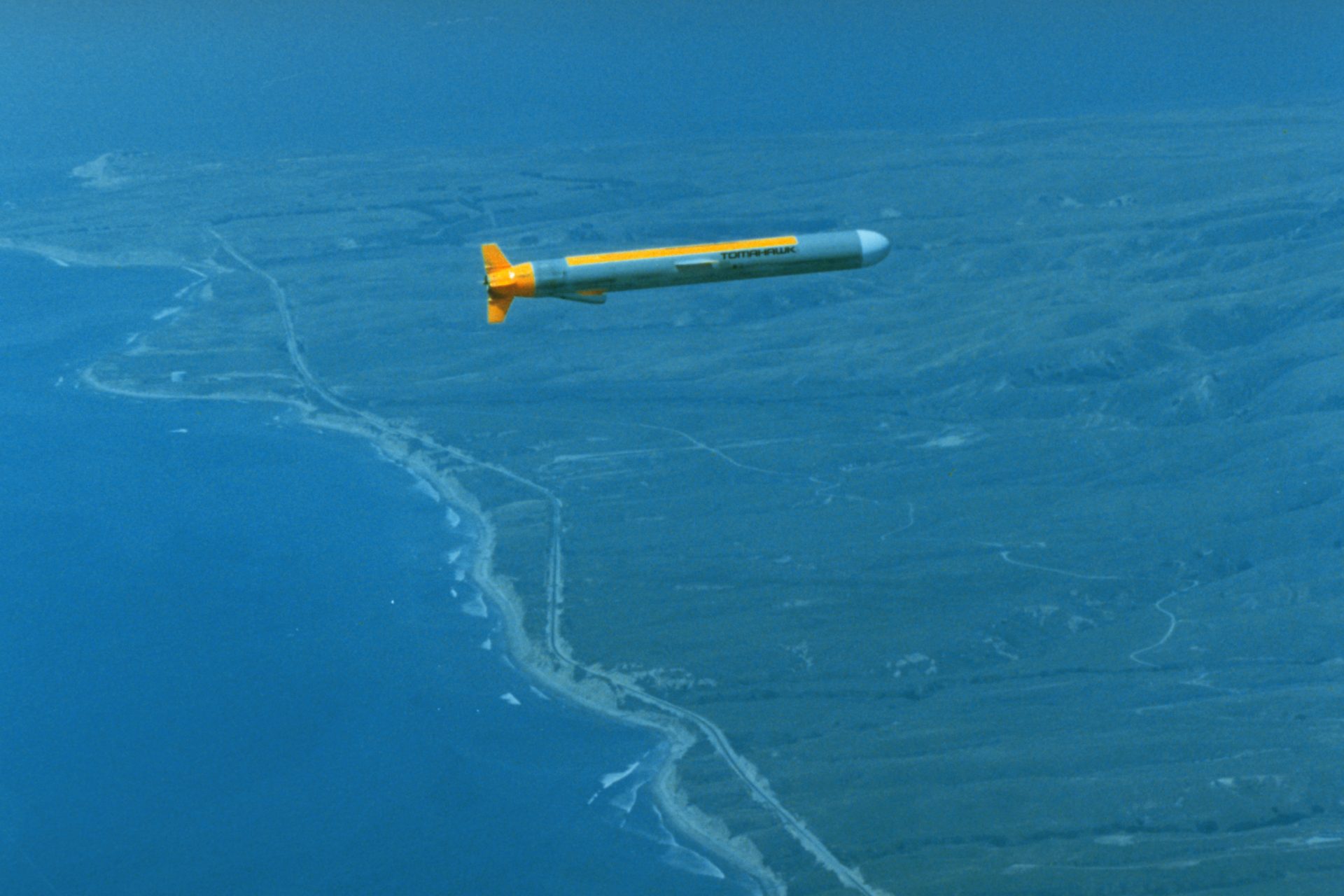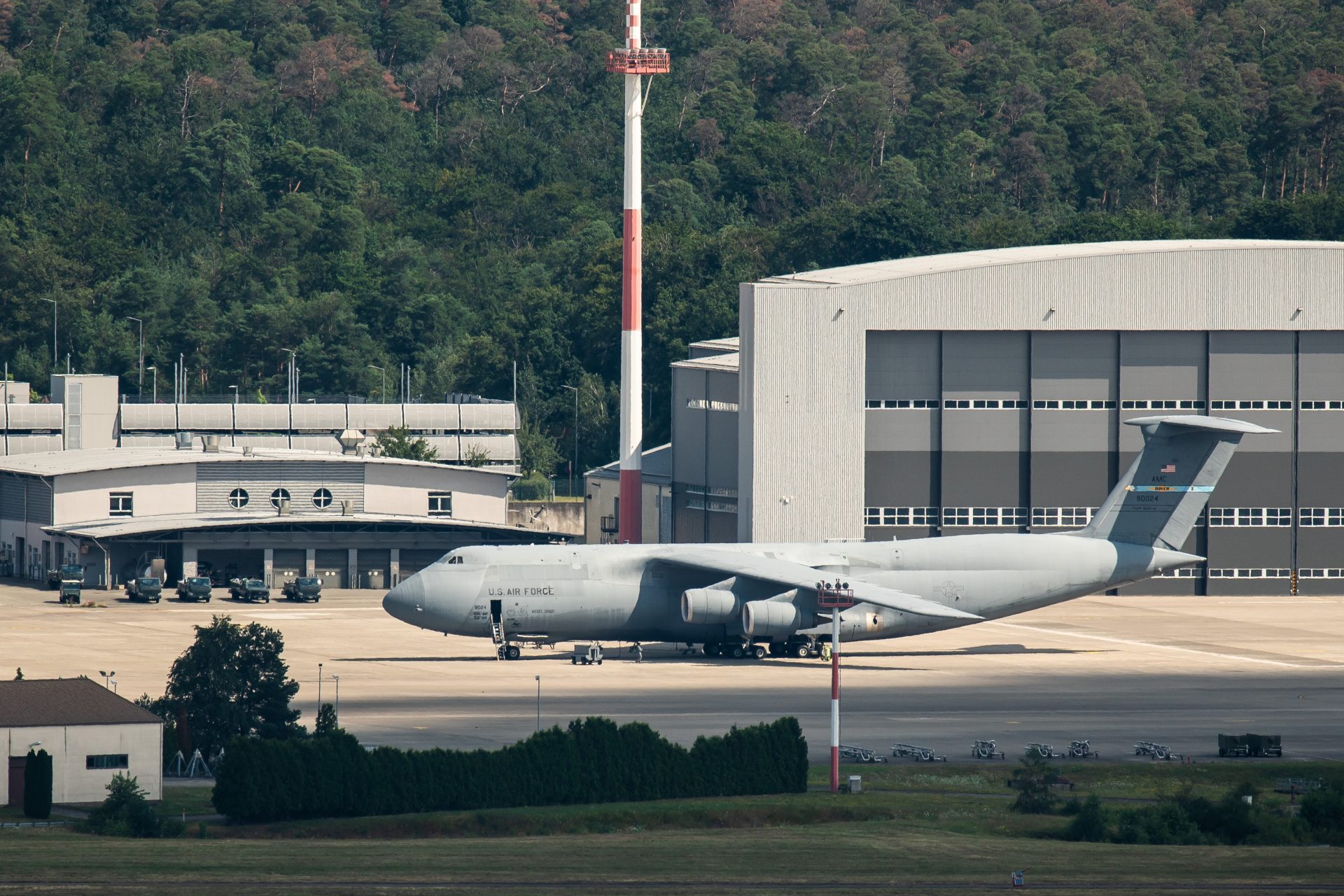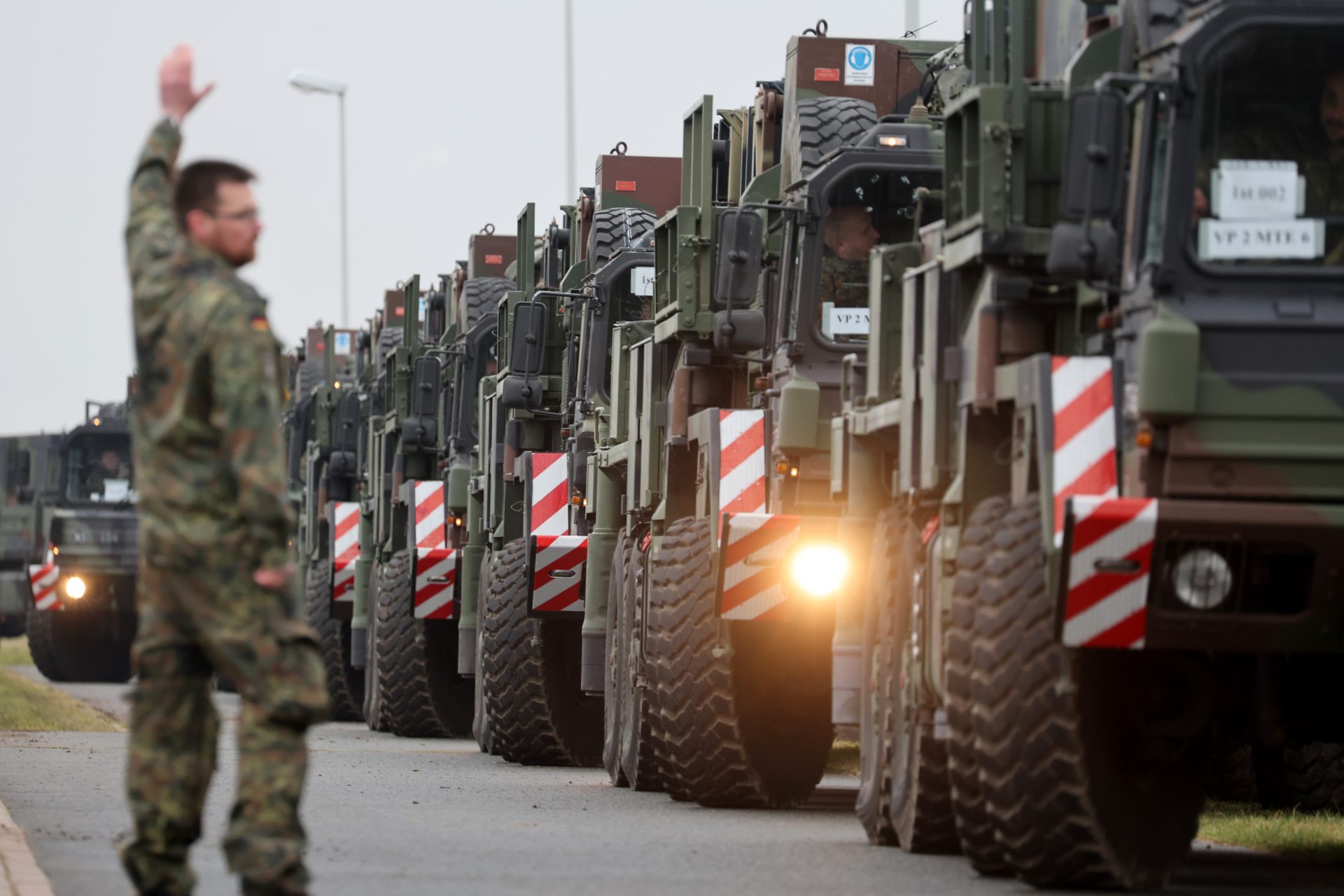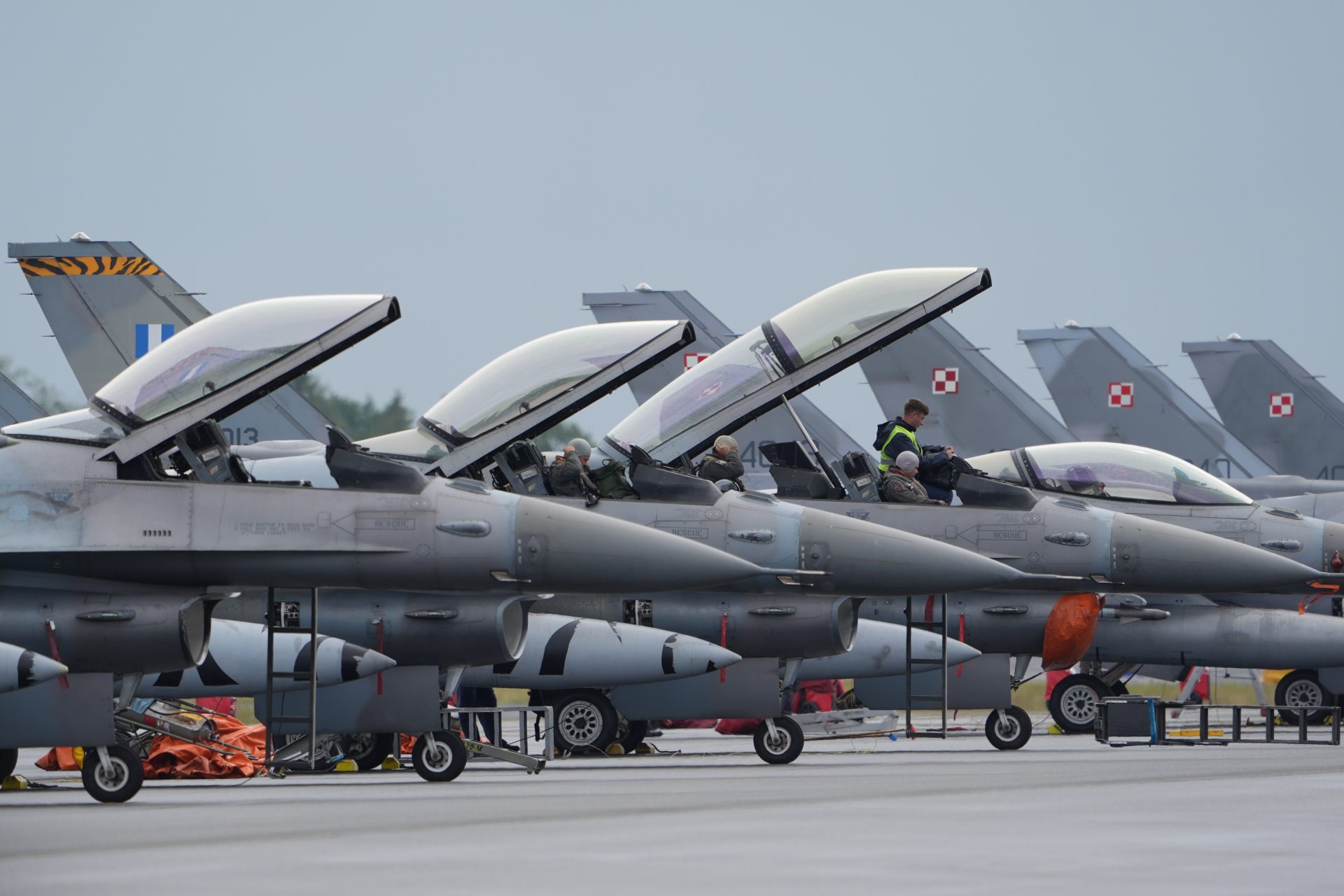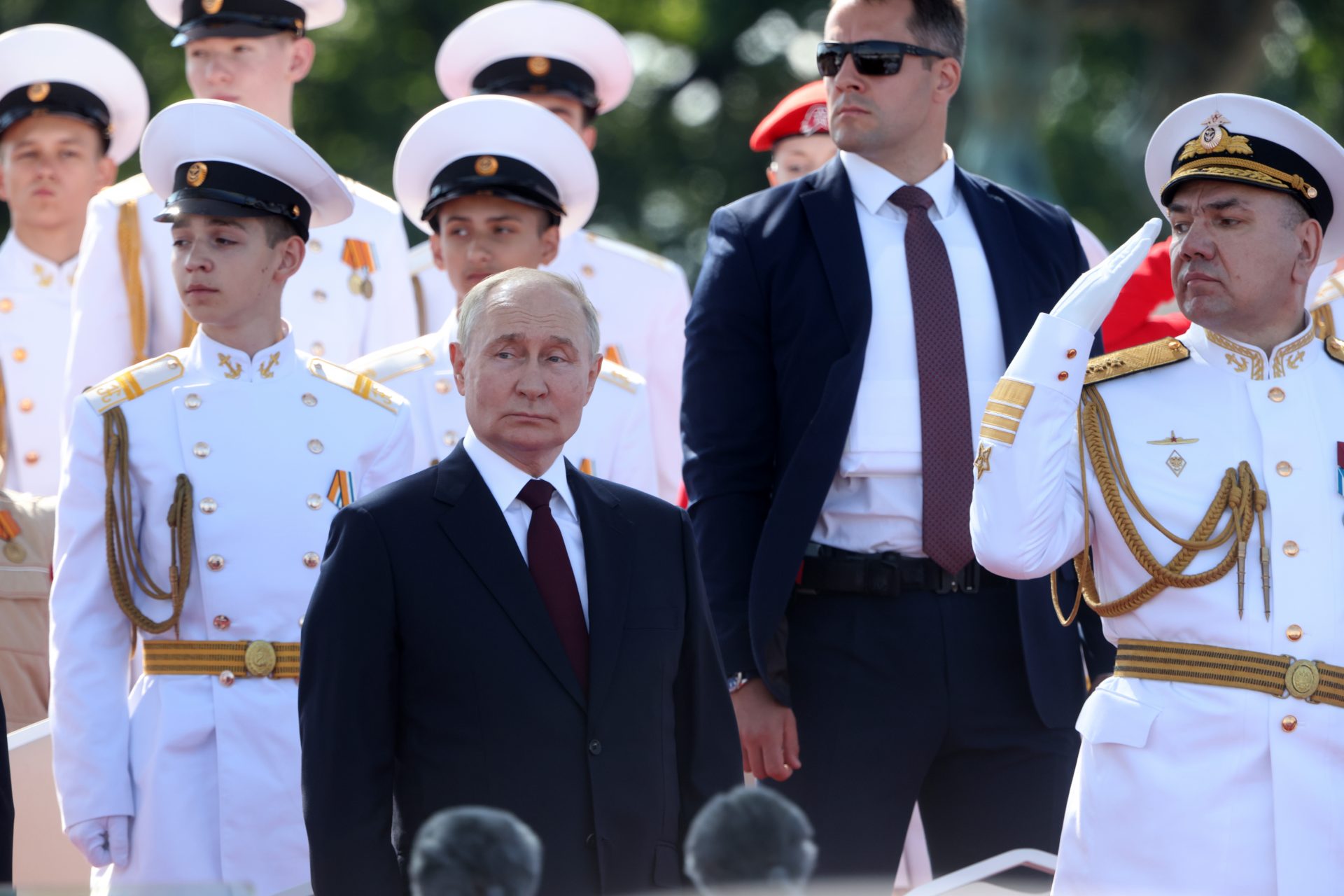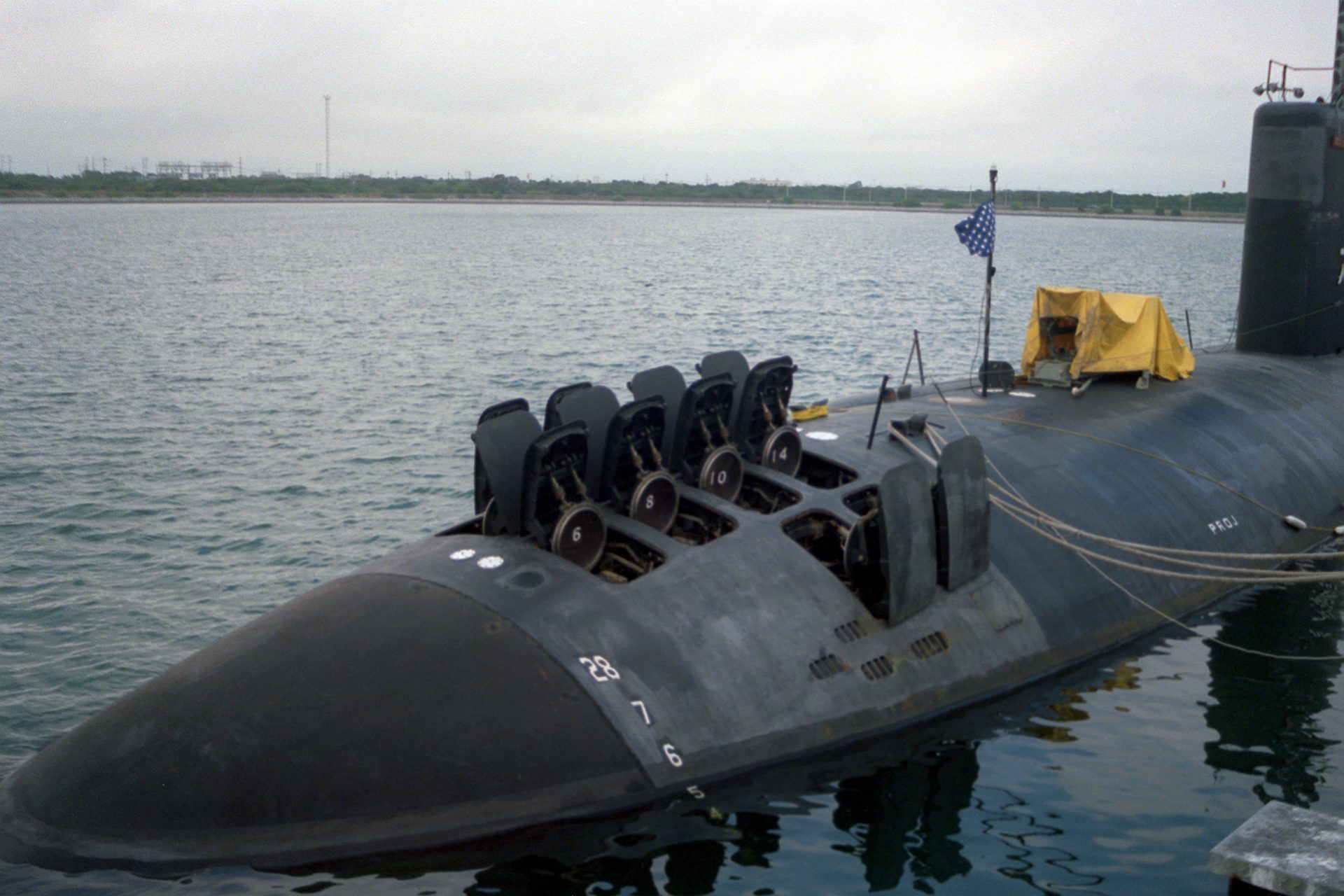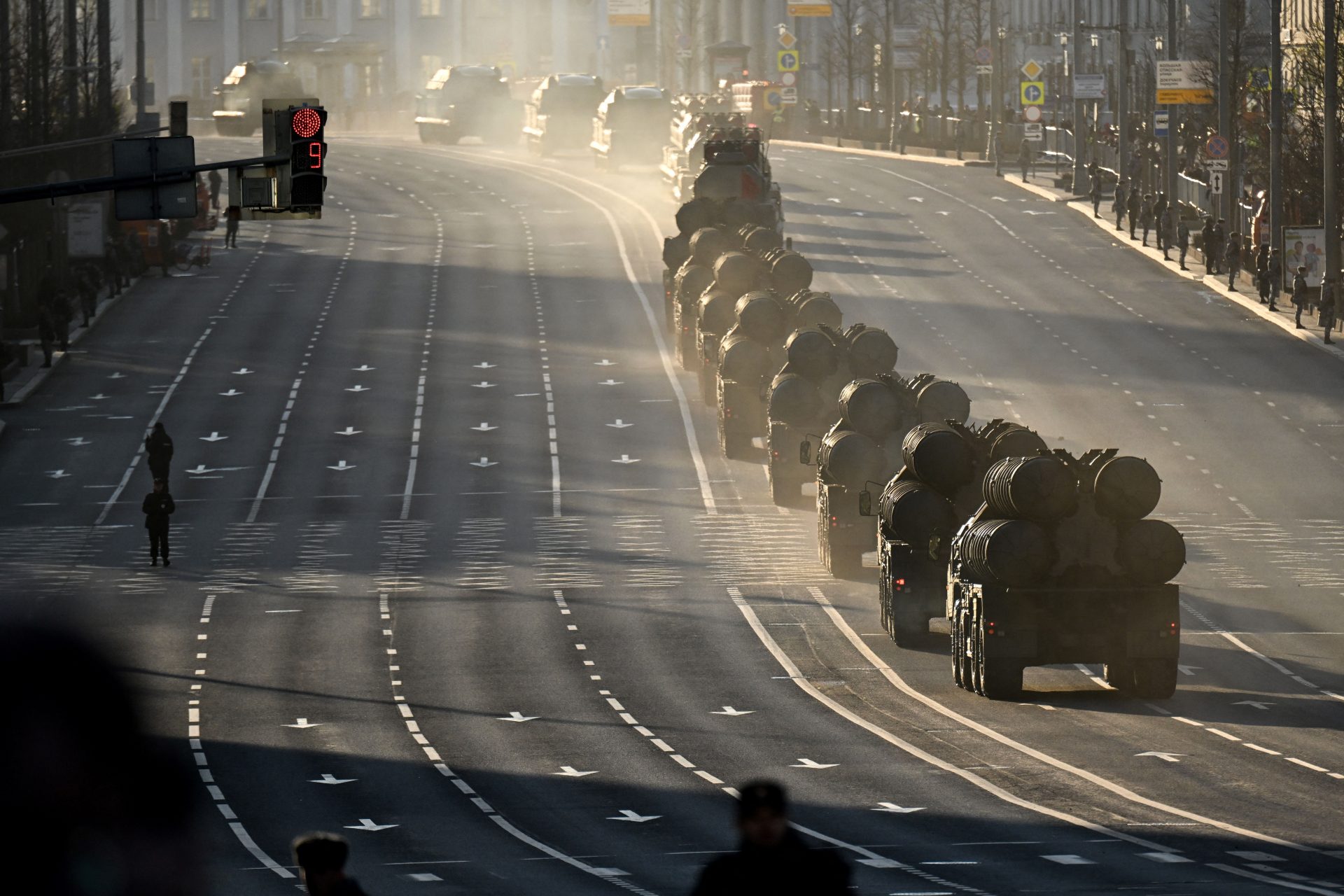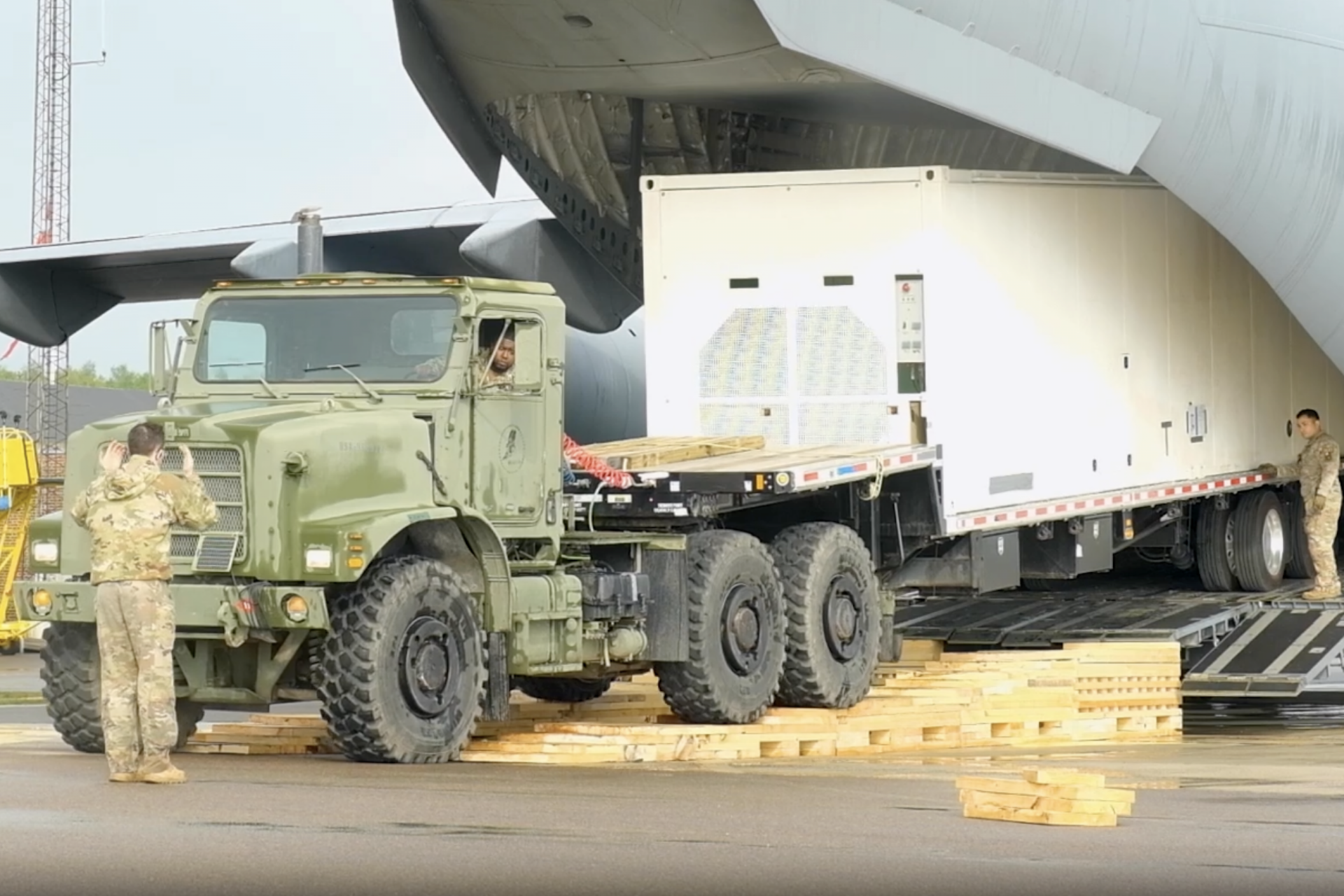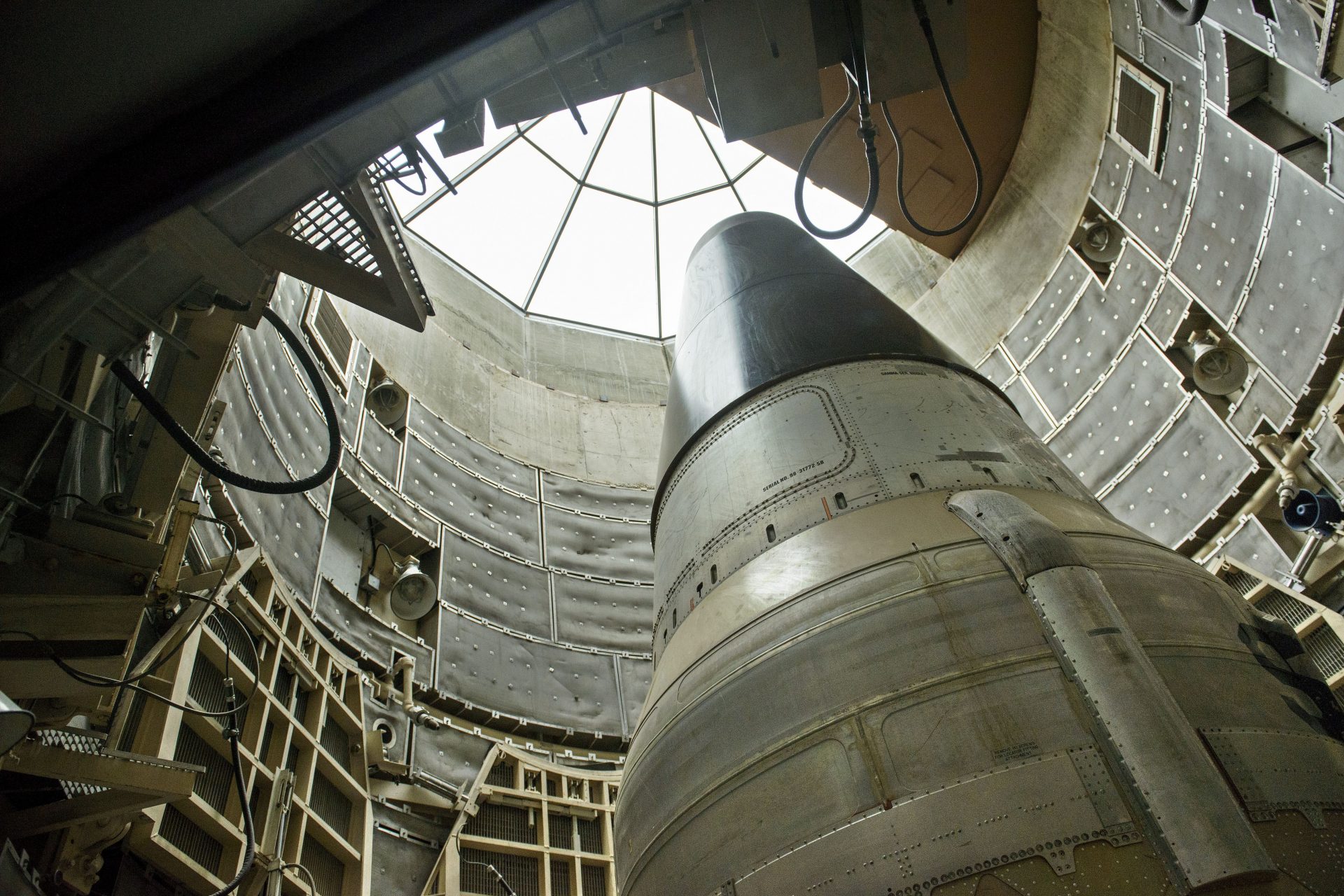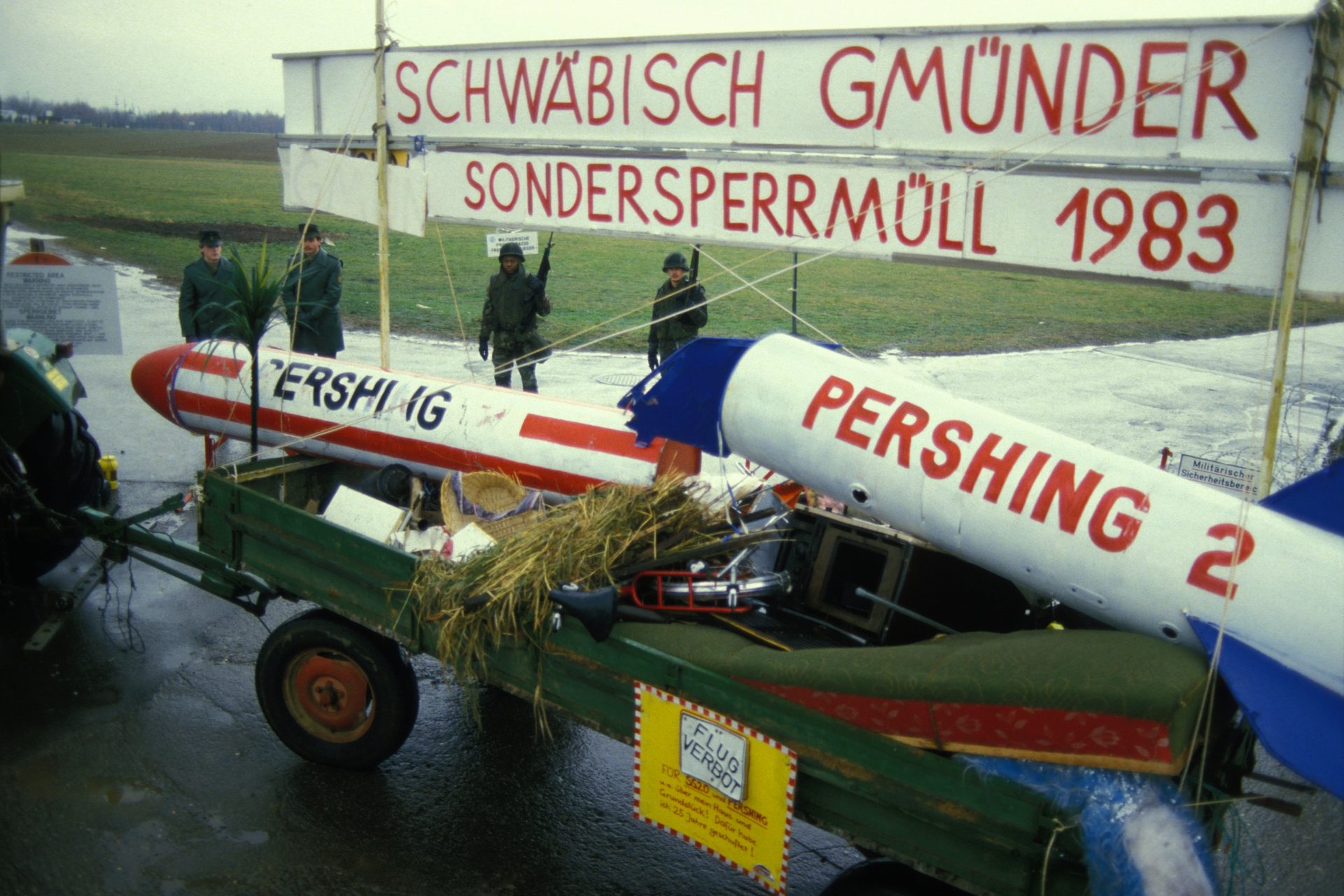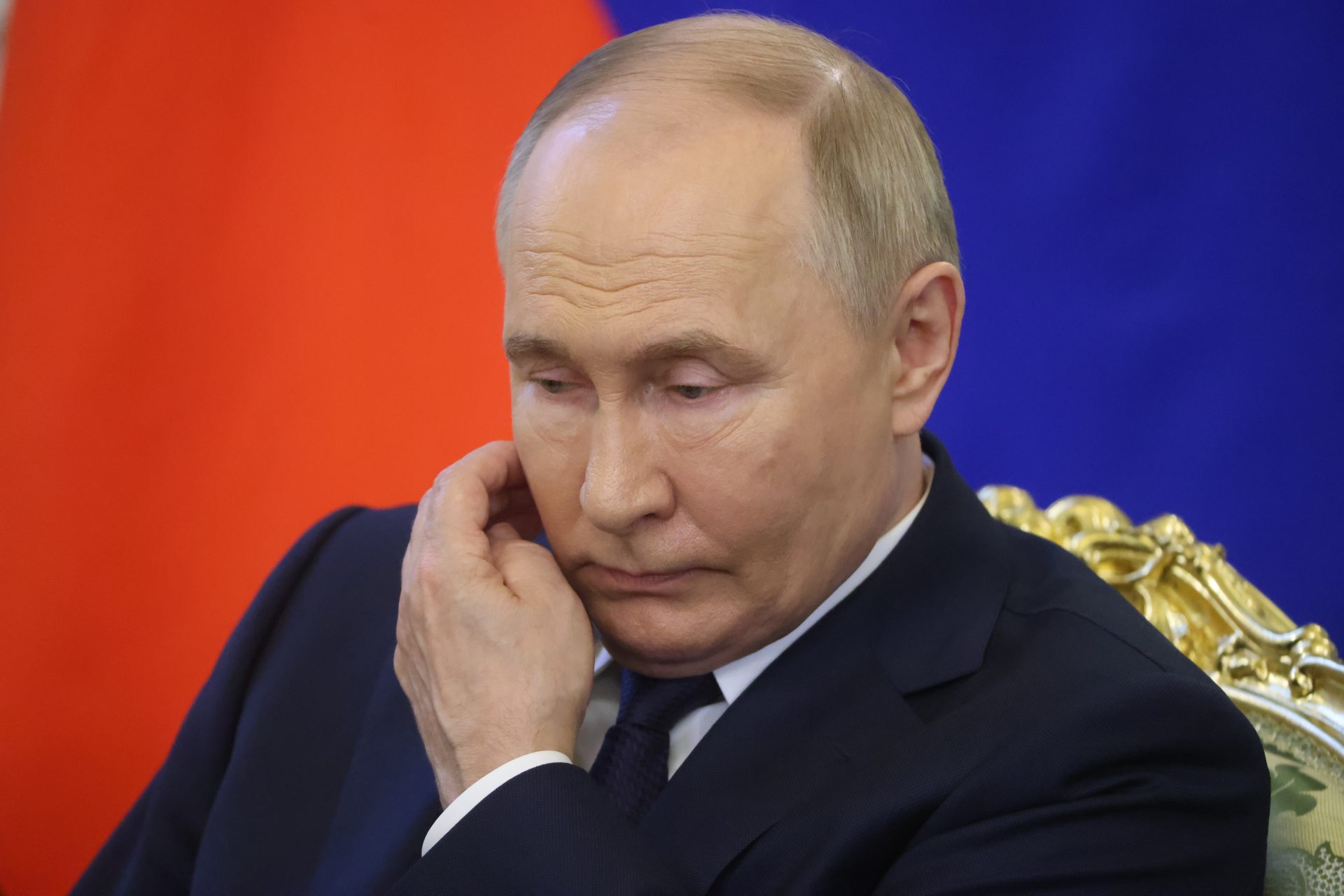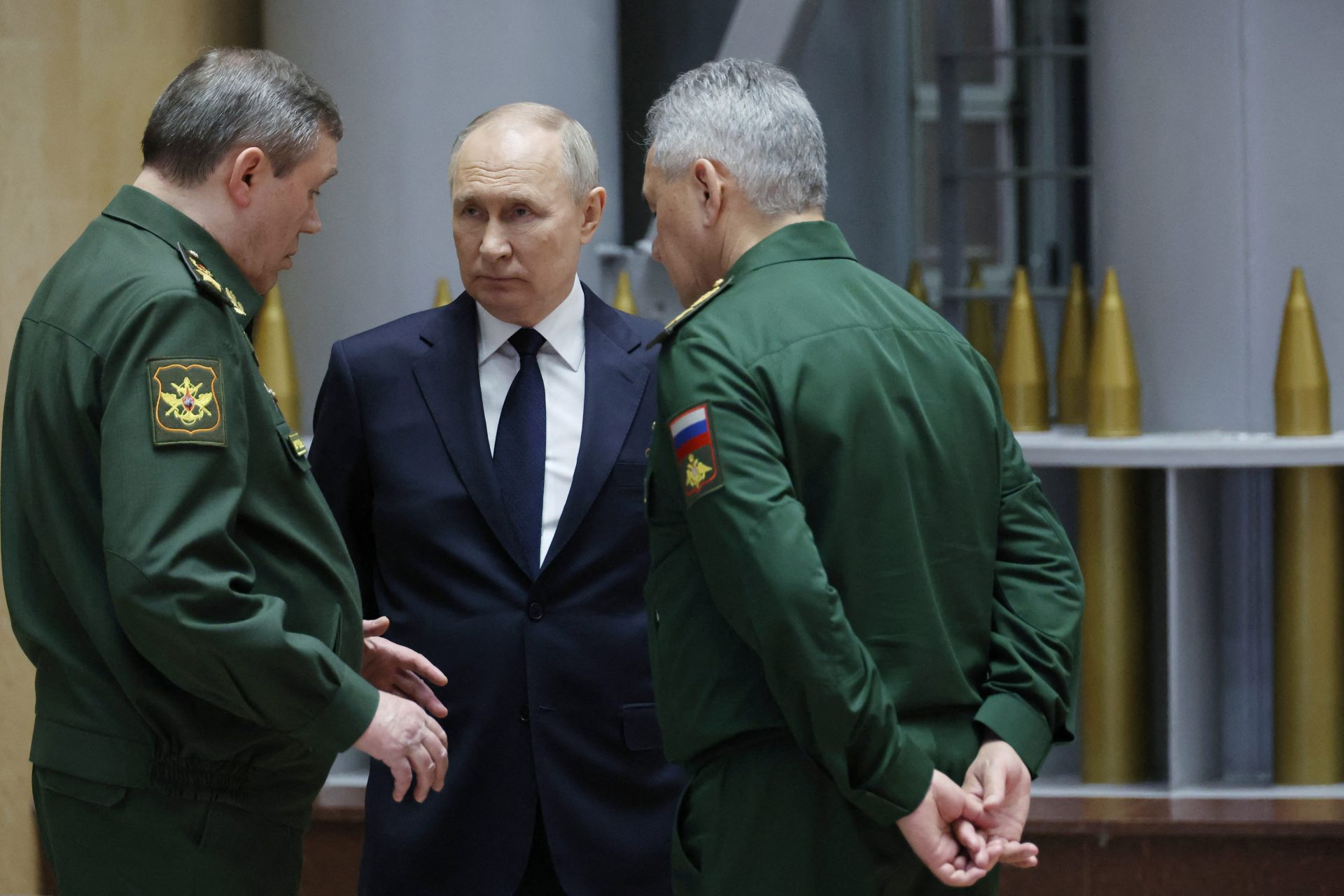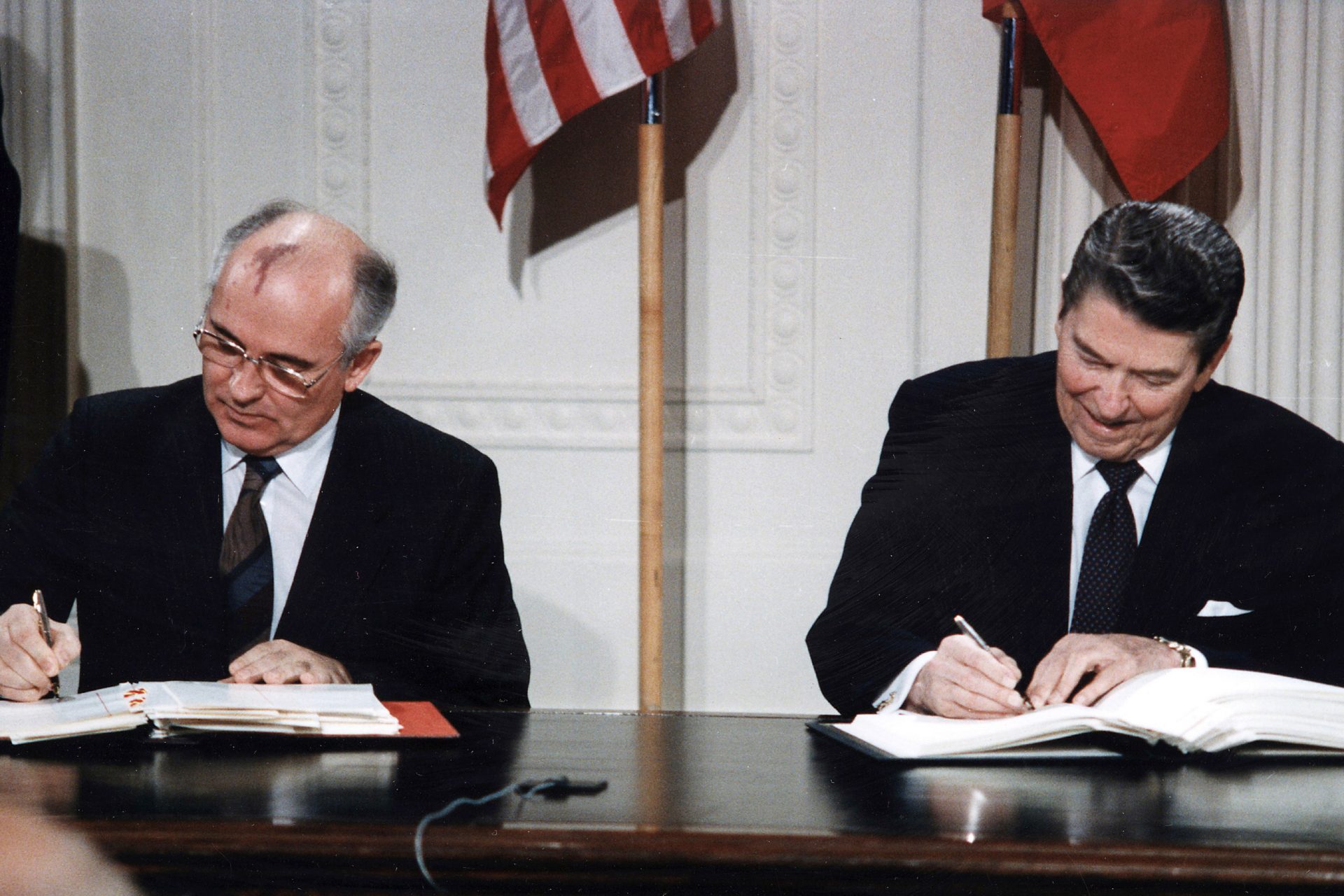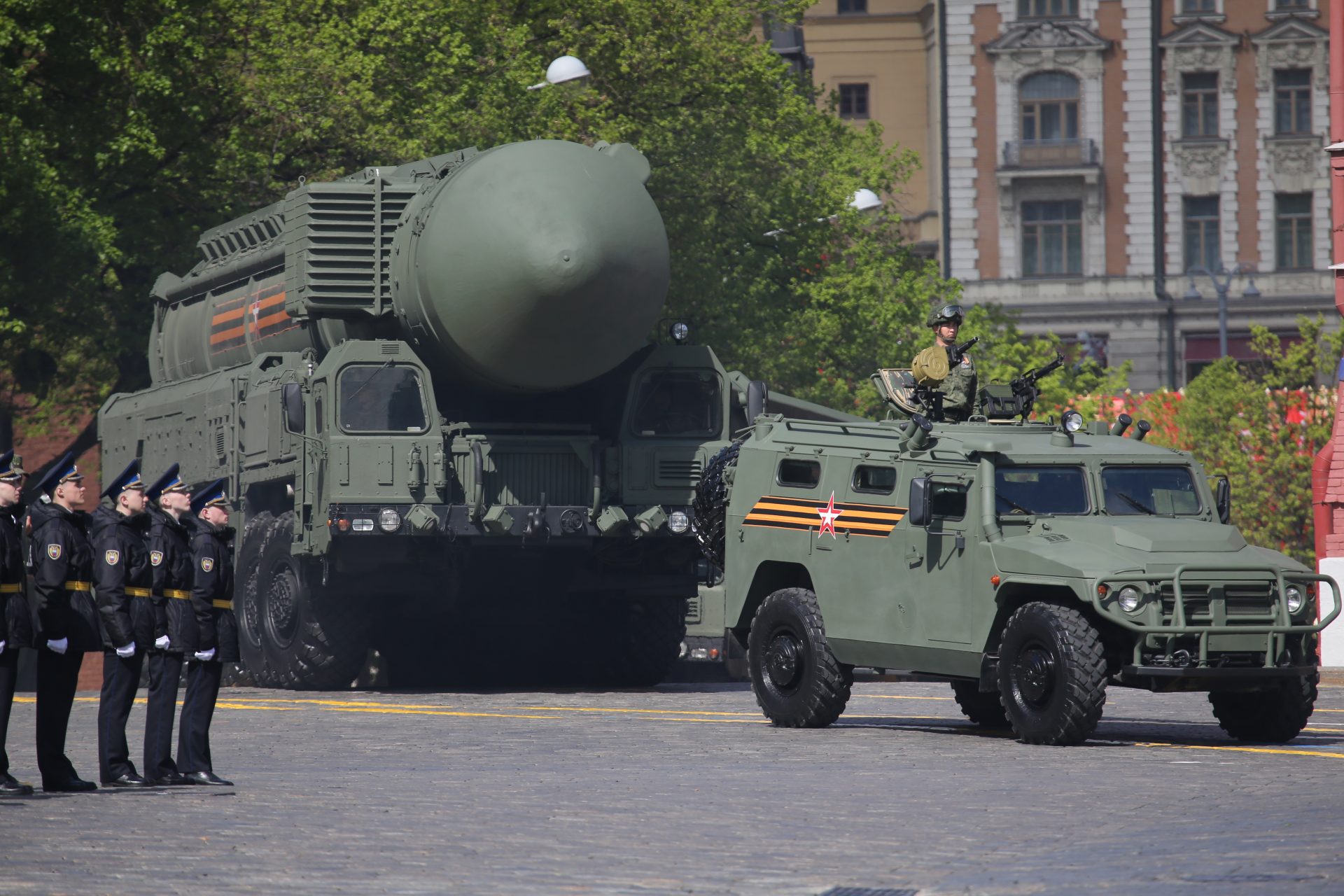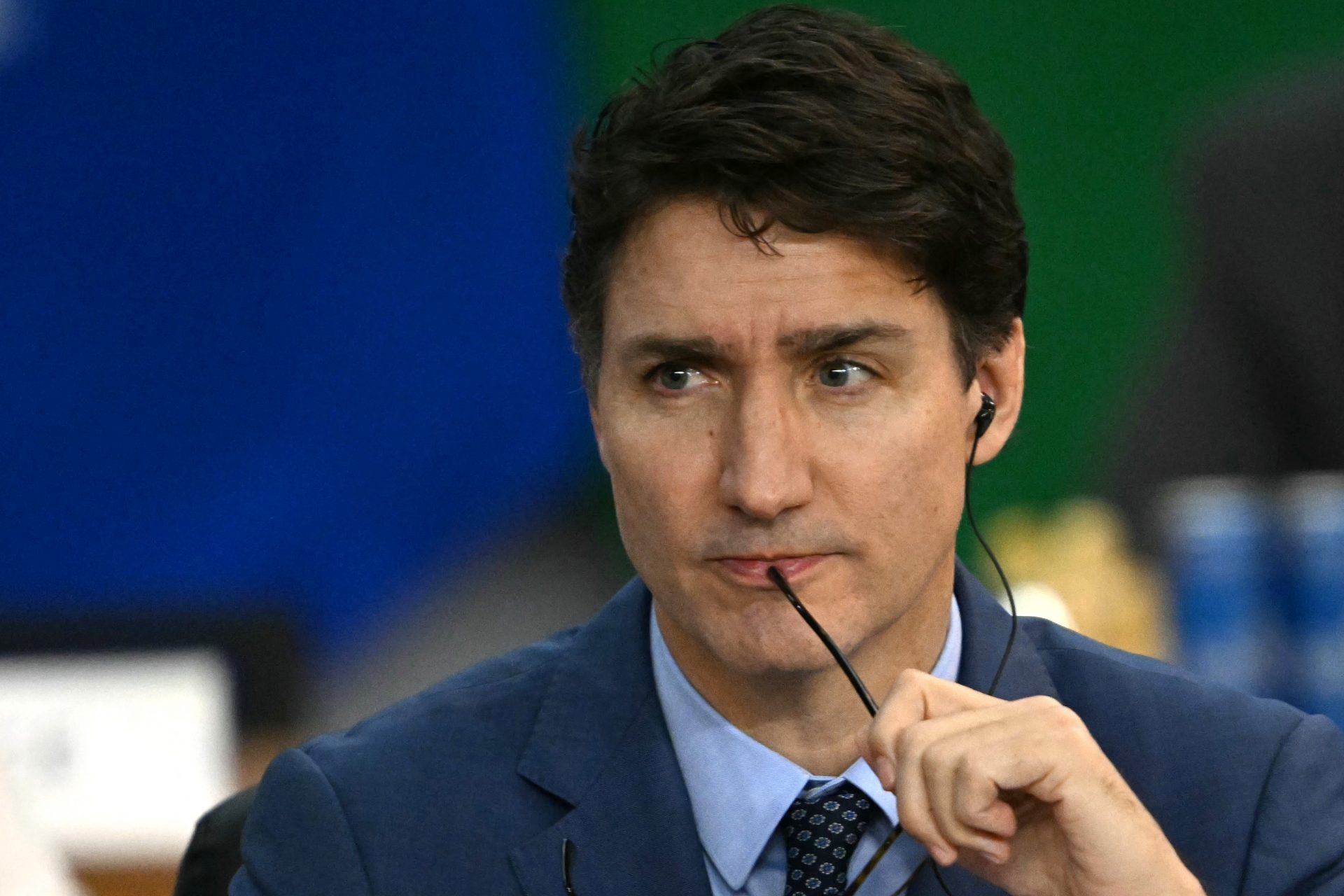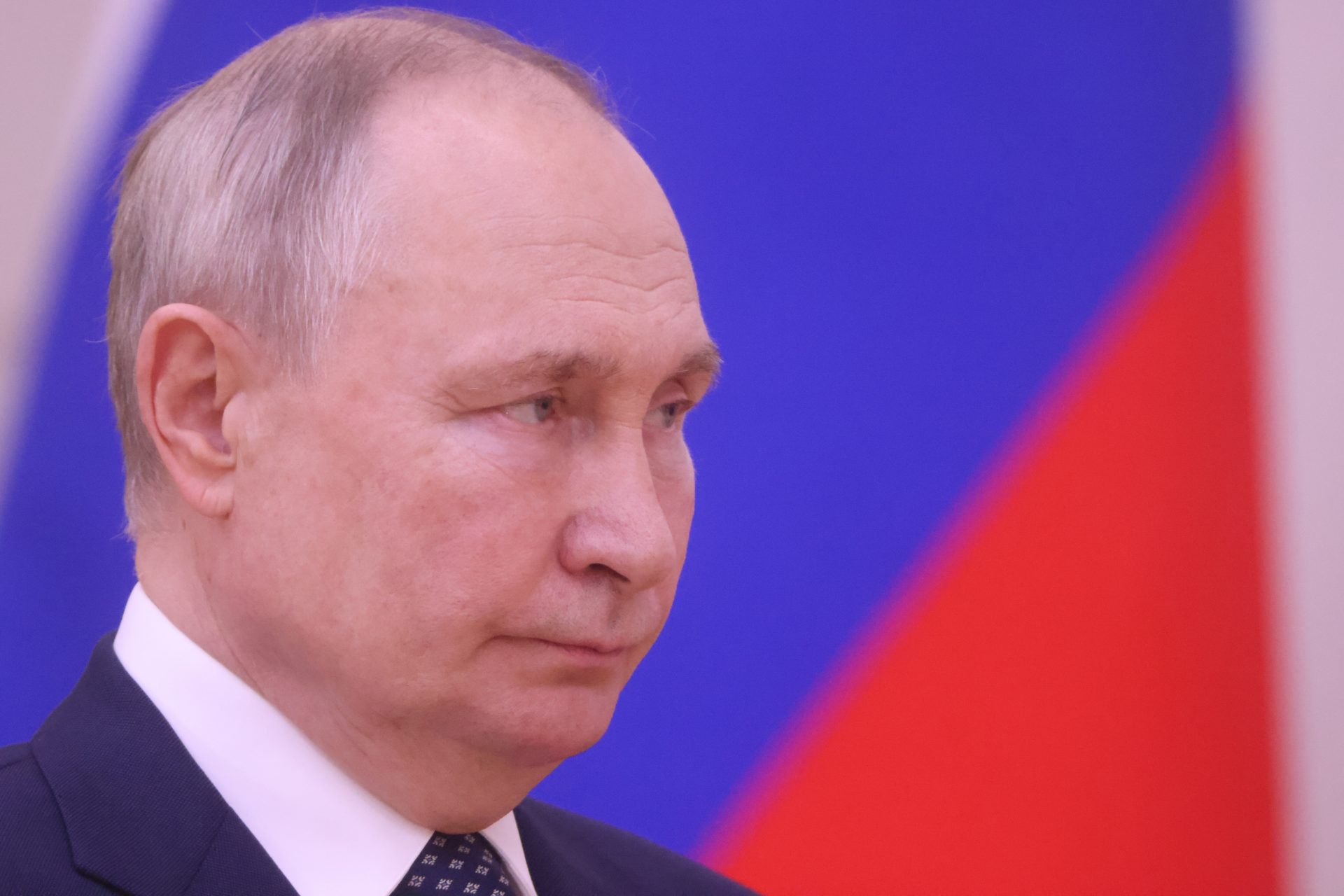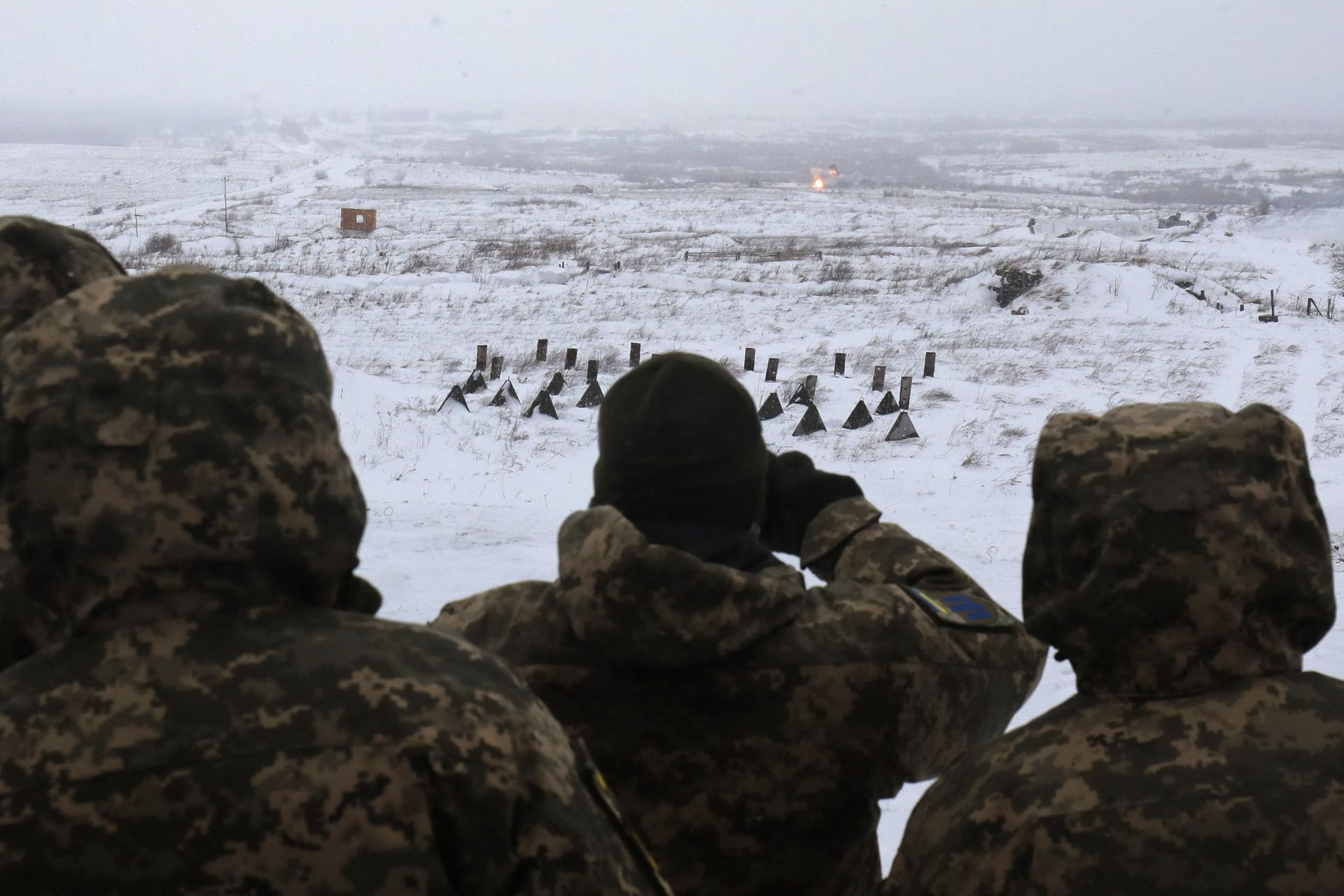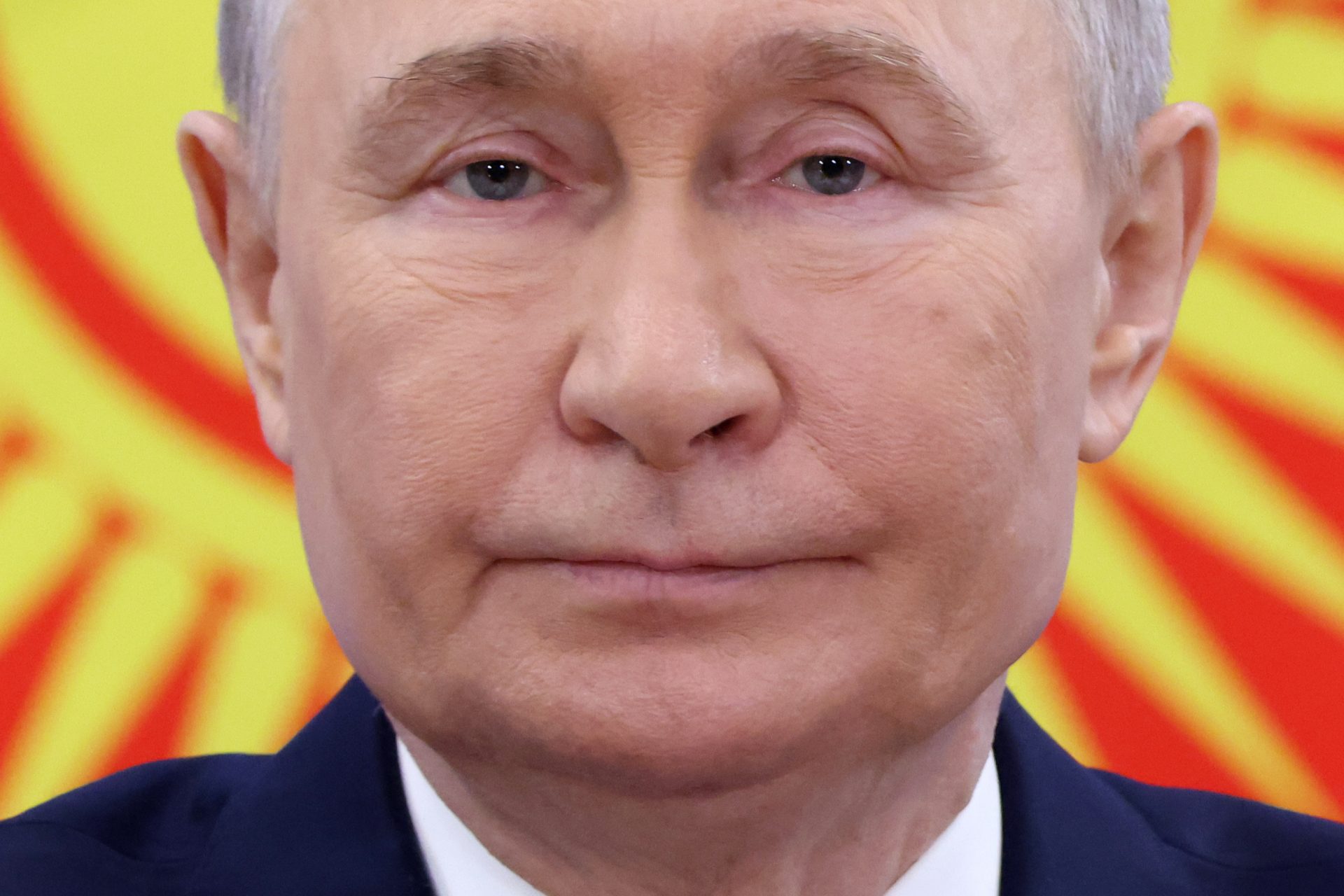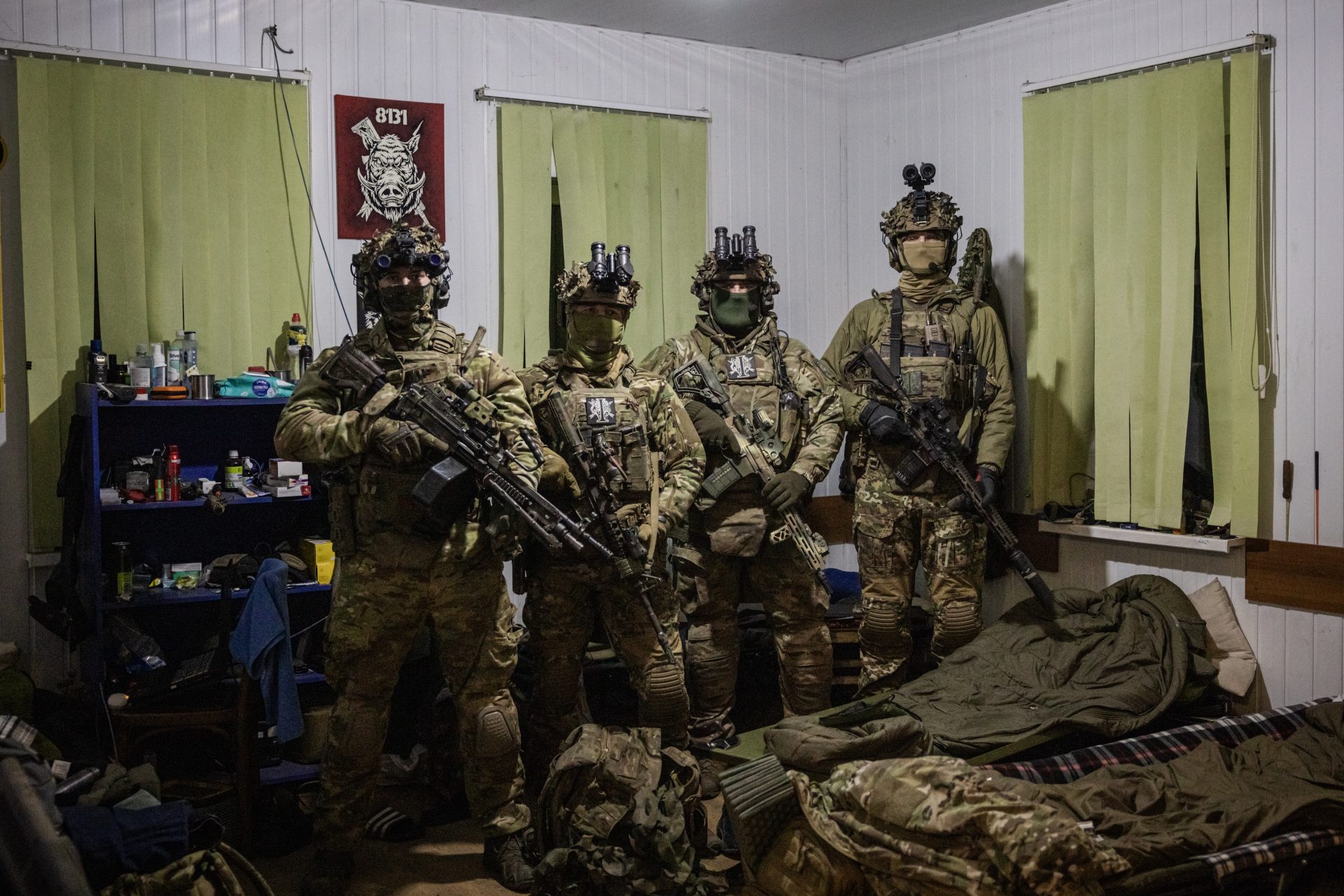Putin issues new threat over planned nuclear deployments
Vladimir Putin has warned the United States stationing nuclear weapons in Germany as part of Washington’s planned 2026 deployment would see Russia place its own nuclear weapons in allied deployments in a similar manner according to reports.
According to The Guardian, The United States plans to start deploying some long-range nuclear weapons in Germany in 2026 and onwards as part of Washington’s commitment to European defense and the security of its NATO allies on the continent.
Washington’s planned deployments are part of a long-term mission that aims to see U.S. SM-6 and Tomahawk cruise missiles and new hypersonic weapons placed on the territory of its German ally based on statements from the countries.
On July 10th, the United States and Germany announced in a joint statement that the U.S. would begin new “episodic deployments of the long-range fires capabilities of its Multi-Domain Task Force in Germany in 2026, as part of planning for [the] enduring stationing of these capabilities in the future.”
“When fully developed, these conventional long-range fire units will include SM-6, Tomahawk, and developmental hypersonic weapons, which have significantly longer range than current land-based fires in Europe,” the statement added.
The statement went on to explain that the new advanced capabilities being deployed to German territory would “demonstrate the United States’ commitment to NATO and its contributions to European integrated deterrence.”
Moscow has not taken the news of the new nuclear deployments well, and in a speech from Putin on July 28th given in front of sailors from Russia, China, India, and Algeria to mark Russia’s Naval Day in St. Petersburg, he issued a worrying warning.
“The flight time to targets on our territory of such missiles, which in the future may be equipped with nuclear warheads, will be about 10 minutes,” Putin stated while speaking to the sailors of the many different nations in attendance.
Photo Credit: Wiki Commons By OS2 John Bouvia, USN, Public Domain
“We will take mirror measures to deploy, taking into account the actions of the United States, its satellites in Europe and in other regions of the world,” Putin added, noting that Russia would take the same steps as the United States and its allies.
The Russian President also claimed Washington was stoking tensions by transferring its Typhoon Missile Systems to Denmark and the Philippines. Putin compared U.S. plans to deploy nuclear weapons to a similar situation that occurred in 1979.
Photo Credit: Screenshot from Video by Petty Officer 2nd Class James Hong, 21st Theater Sustainment Command
“This situation is reminiscent of the events of the Cold War related to the deployment of American medium-range Pershing missiles in Europe,” Putin said, which The Guardian provided some historical insight for to help readers understand the gravity of the charge.
The Guardian reported that in 1979, the deployment of Pershing II launchers concerned Soviet Union leadership, and General Secretary Yuri Andropov feared that the weapons were part of a larger plan to destroy the Soviet Union by taking out its leadership.
Whether Putin and Russian leadership are worried that the deployment of long-range U.S. nuclear weapons is part of a large plan to decapitate Russia's political and military leadership is unknown, but Putin’s warnings about the 2026 deployments haven’t worried Germany.
On July 29th, German Foreign Ministry spokesperson Sebastian Fischer told reporters at a press conference: "We will not be intimidated by such statements” according to the American news magazine Barrons.
The missiles that are planned to be deployed in two years can travel between 500 to 5,500 kilometers, or roughly 300 to 3,400 miles, and were previously subject to an arms control treaty that was signed by the Soviet Union and the United States in 1987.
Photo Credit: Wiki Commons By White House Photographic Office, National Archives and Records Administration, Public Domain
"This type of missile... had already been developed and deployed long ago" by Russia, Fischer said. "What we are now planning is a response to deter these weapons from being used against Germany or other targets," he added.
More for you
Top Stories



